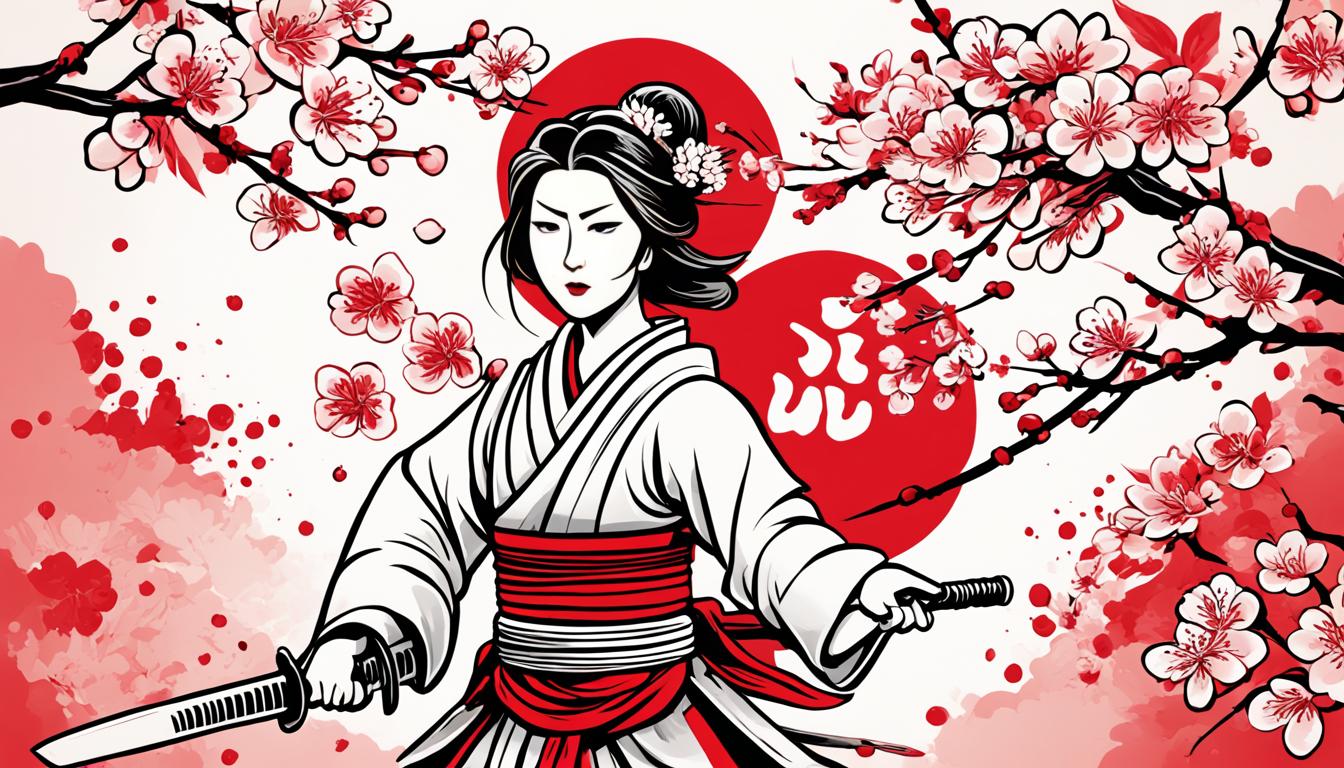In Japanese culture and language, the word “dame” holds various meanings and is commonly used in different contexts. It is important to explore and understand the nuances of this word, as it shapes social interactions and cultural norms in Japan. Let’s dive into the intricacies of the term “dame” in depth.
What Does Dame Mean In Japanese?
In Japanese culture and language, the word “dame” holds various meanings and is commonly used in different contexts. It is important to explore and understand the nuances of this word, as it shapes social interactions and cultural norms in Japan. Let’s dive into the intricacies of the term “dame” in depth.
The Japanese Word for Dame
The Japanese word for dame can be written in different ways: だめ (hiragana), ダメ (katakana), 駄目 (kanji), or as “dame” in romaji. While the dictionary definition of “dame” is “no good” or “useless,” it does not fully capture the various uses and interpretations of the word.
Exploring Dame’s Usage
To understand the true meaning of “dame” in Japanese, let’s look at some example sentences:
- 食べてはだめです。(Tabete wa dame desu.) – It’s no good to eat it.
- そこに立ってはだめです。(Soko ni tatte wa dame desu.) – It’s not allowed to stand there.
- 彼とは話してはだめです。(Kare to wa hanashite wa dame desu.) – It’s not advisable to talk to him.
As you can see, “dame” is used in various situations to convey different meanings. It can indicate something that is prohibited, advised against, or simply not feasible. The context and tone of the situation play a significant role in understanding the exact meaning of “dame.”
Understanding the nuances of “dame” is essential for effective communication and cultural understanding in Japan. In the next section, we will explore situations where “dame” means you can’t do something.
When Dame Means You Can’t Do Something
In certain contexts, “dame” is used to convey the message that you can’t do something. It is not necessarily implying physical incapability, but rather indicating that the person is not allowed to do it or that they should refrain from doing it. For example, using the expression “sawaccha dame” (don’t touch) demonstrates this usage. There are specific grammar patterns and phrases that utilize “dame” to convey this meaning.
Examples of “Dame” in Expressions
| Japanese Expression | English Translation |
|---|---|
| 手を出すな | Hands off |
| 食べちゃだめ | Don’t eat it |
| 拾っちゃだめ | Don’t pick it up |
When encountering situations where “dame” is used to restrict someone from doing something, it is important to understand the cultural nuances and social norms associated with it. This ensures that you can navigate Japanese society respectfully. Remember, the equivalent of “dame” varies depending on the context and specific phrase.
When Dame Means You Must Do Something
Interestingly, the Japanese word “dame” has another usage where it expresses the idea that you must do something. This highlights a person’s need or obligation to perform a particular action. To convey this meaning effectively, there are informal grammar patterns such as “nakereba dame da” or the shortened version “kya” that are commonly used in Japanese.
For example, the phrase “食べなければ駄目だ” (tabenakereba dame da) translates to “you must eat” or “you have to eat.” Here, the use of “dame” emphasizes the necessity or requirement of eating.
| Japanese Grammar Pattern | English Translation |
|---|---|
| 飲まなければ駄目だ | You must drink. |
| 行かなければ駄目なんだよ | You have to go, you know. |
| 早くやらなければ駄目 | You must do it quickly. |
So, when you come across instances where “dame” means you must do something, remember to pay attention to the specific grammar patterns and phrases used to convey this meaning accurately.
How to say “You must eat” in Japanese:
To say “You must eat” in Japanese, you can use the phrase “食べなければ駄目だ” (tabenakereba dame da).
Other Meanings For Dame

Apart from the commonly used interpretations of “dame,” there are also certain expressions and phrases that incorporate the word. For instance, “dame ni naru” means “to spoil” or “to go bad.” Additionally, expressions like “dame o osu” (to make sure) and “dame moto” (giving something a try because one has nothing to lose) have different meanings, showcasing the versatility of the word “dame.”
Damemoto – Embracing the “Nothing to Lose” Mentality
In Japanese slang, there is a term called “damemoto” that embodies the idea of embracing the “nothing to lose” mentality. It’s a concept used when one believes that something may not be successful but decides to give it a try anyway, as there is no harm in doing so. The term “damemoto” or “dame de moto moto” is commonly used in casual conversations among friends or colleagues to encourage taking action with little expectation.
Picture yourself in a scenario where you come across an opportunity that seems unlikely to succeed, but you decide to pursue it anyway. In this situation, the damemoto mentality encourages you to take a leap and explore the possibilities without the fear of failure. It’s about having a mindset that says, “Why not give it a shot?”
Whether it’s starting a new business venture, trying out a new hobby, or even asking someone out on a date, embracing the damemoto mentality allows you to step out of your comfort zone with a lighthearted approach. It’s about acknowledging that failure is a natural part of growth and that by giving something a try, you may discover unexpected successes.
The damemoto mindset is deeply rooted in Japanese culture’s emphasis on resilience, learning from mistakes, and personal growth. It highlights the liberation that comes from stepping outside societal norms and expectations, taking risks, and finding fulfillment through the process, regardless of the outcome.
In conversations with friends or colleagues, the term “damemoto” can be used to express a shared understanding of the willingness to try something despite uncertainty. It creates a sense of camaraderie and encourages others to embrace a similar mindset, fostering an environment of openness and experimentation.
By embracing the damemoto mentality, you open yourself up to new opportunities, personal growth, and unexpected achievements. It allows you to tap into your adventurous spirit, explore uncharted territories, and overcome any self-doubt that might hold you back.
Next time you find yourself facing a situation where the outcome is uncertain, remember to channel the damemoto mentality. Embrace the mindset of “nothing to lose” and seize the opportunity to try something new. You never know what doors may open, what skills you may develop, or what valuable experiences you may gain along the way.
| Damemoto Usage | Meaning |
|---|---|
| Dame de moto moto suru | Trying something with little expectation |
| Damemoto no jinsei | Life lived with a “nothing to lose” mentality |
| Damemoto no shōhin | A product that is worth trying despite skepticism |
| Damemoto o tsukatteru hito | Someone who embraces the damemoto mindset |
The Social Context of Dame in Japanese Language Skills
When it comes to language skills, especially in a foreign language like Japanese, understanding the proper use of dame is essential for social interactions. Expressing a lack of comprehension or utilizing dame appropriately can impact how you are perceived in Japanese society. Recognizing the balance between language proficiency and social cues can greatly influence how others perceive your capabilities.
Understanding the cultural implications of dame is crucial in navigating social interactions in Japan. In Japanese society, politeness and respect hold significant importance. Using dame inappropriately or excessively can be interpreted as rude or disrespectful. Conversely, using it in the right context and with the appropriate intensity can demonstrate cultural understanding and sensitivity.
When you have a solid grasp of the meaning and usage of dame, you can better navigate various social situations in Japan. It allows you to effectively communicate your intentions and preferences, and also understand the expectations and boundaries set by others. This understanding fosters smoother and more respectful interactions, enhancing your overall social experience in Japan.
In addition to language skills, comprehending dame socially is equally important. In Japan, social cues and non-verbal communication play a significant role in daily interactions. Sensitivity to these cues can help you gauge the appropriate usage of dame in different settings.
For example, in a professional environment, using dame to express dissent or disagreement may be perceived differently compared to using it in a casual setting among friends. Having a heightened awareness of the social implications of dame enables you to adapt your communication style and demonstrate cultural competence.
To summarize, developing an understanding of dame in Japanese language skills goes beyond its literal translation. It involves recognizing the cultural implications and grasping the subtleties of social interactions in Japan. By doing so, you can navigate language and societal norms more effectively, leading to improved communication and stronger connections with the people you interact with.
Conclusion
The word “dame” in Japanese carries significant cultural and linguistic significance. It encompasses a range of meanings and interpretations depending on the context in which it is used. Understanding the nuances of “dame” is crucial for navigating social interactions and cultural norms effectively in Japan.
Embracing the “damemoto” mentality allows individuals to approach new experiences with a fearless mindset. By adopting this “nothing to lose” approach, individuals can overcome the fear of failure and explore new opportunities without hesitation.
Gaining a deeper understanding of “dame” enables you to enhance your Japanese language skills and interact with confidence in Japanese society. Recognizing the cultural significance of this word not only enhances your language proficiency but also helps you establish meaningful connections and navigate social relationships more successfully in Japan.

